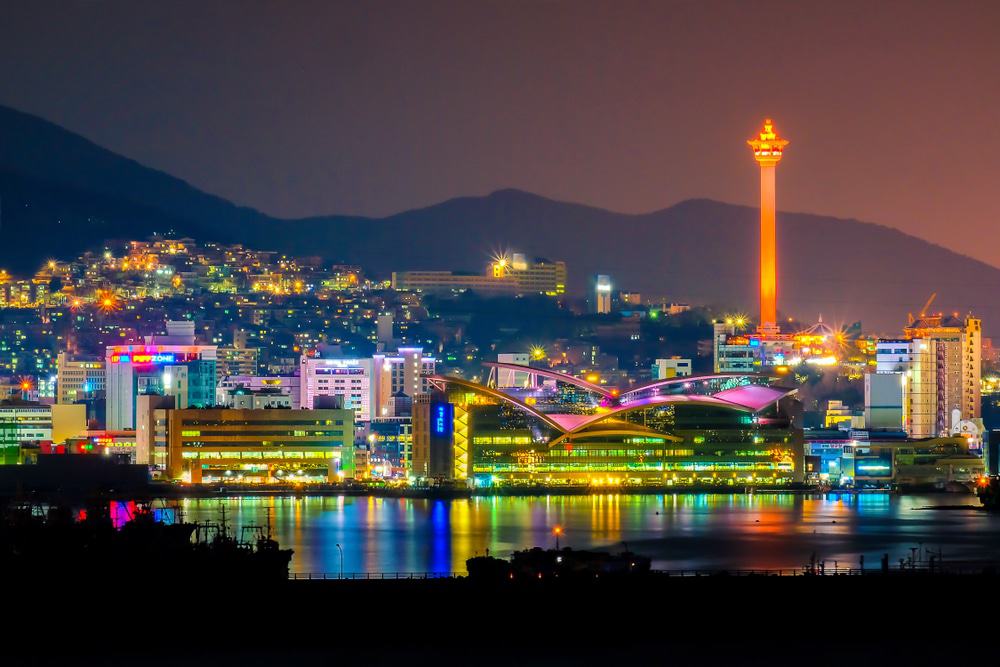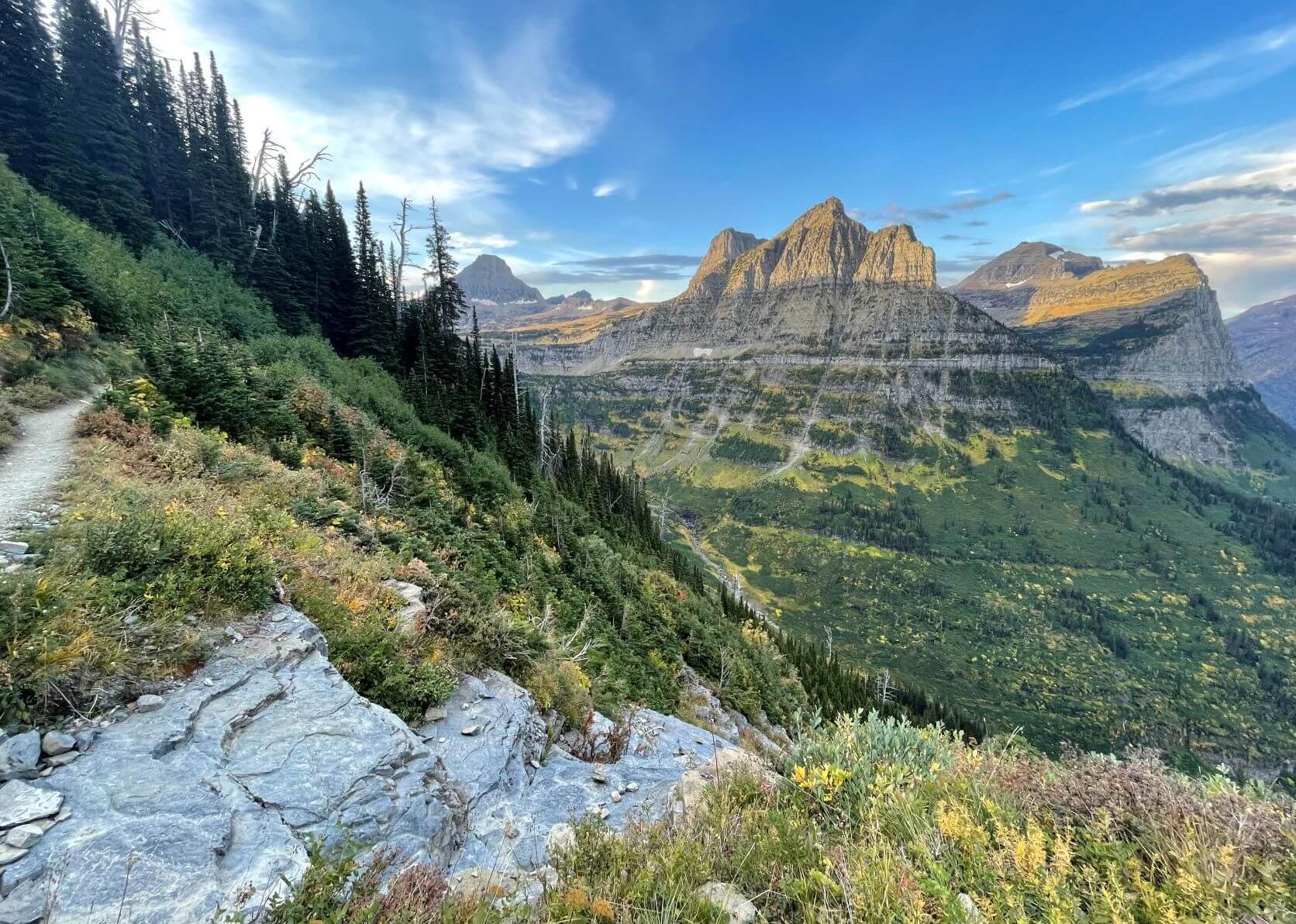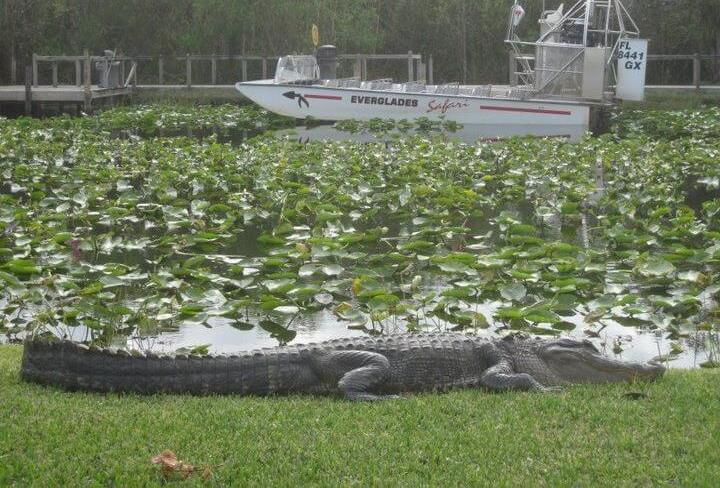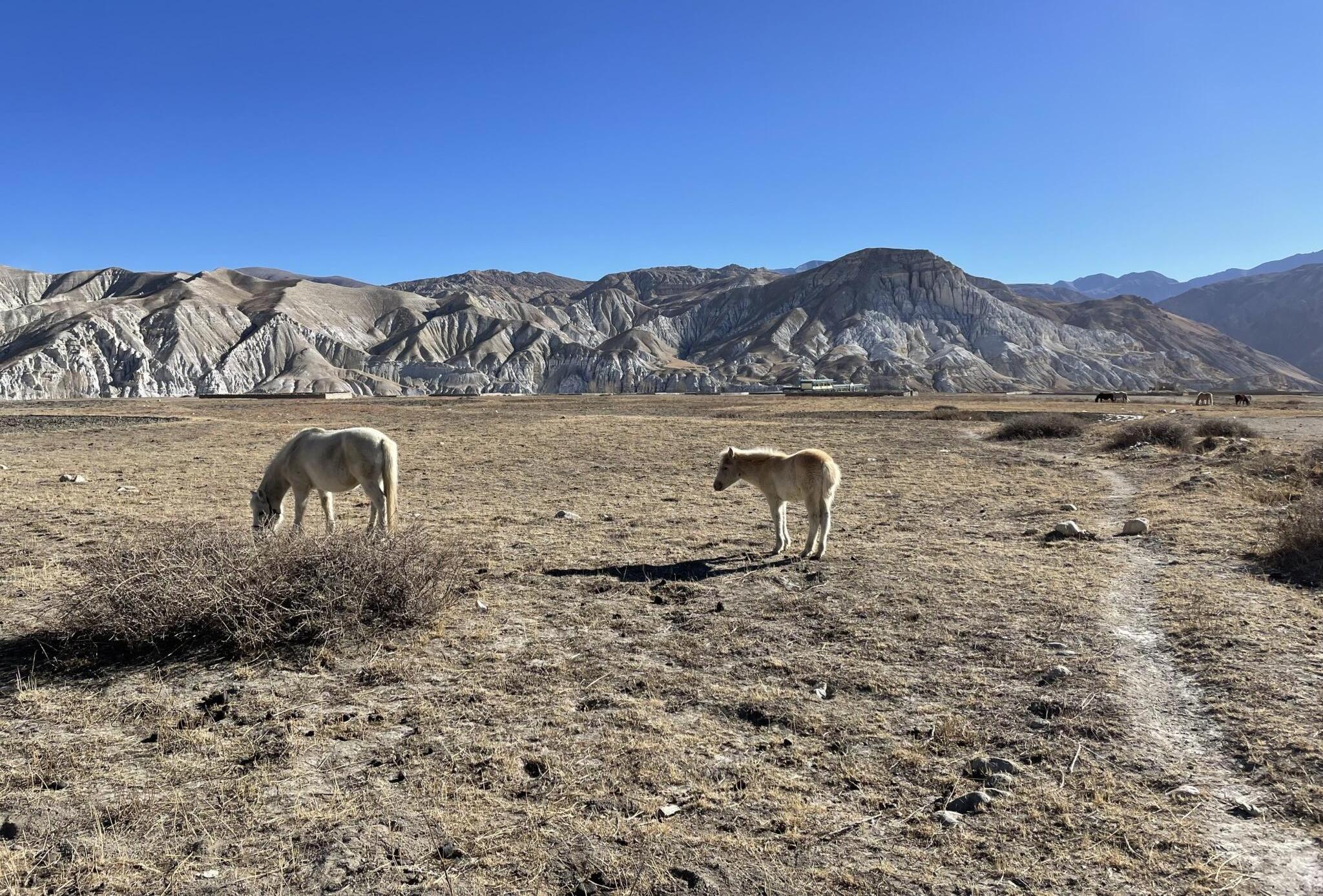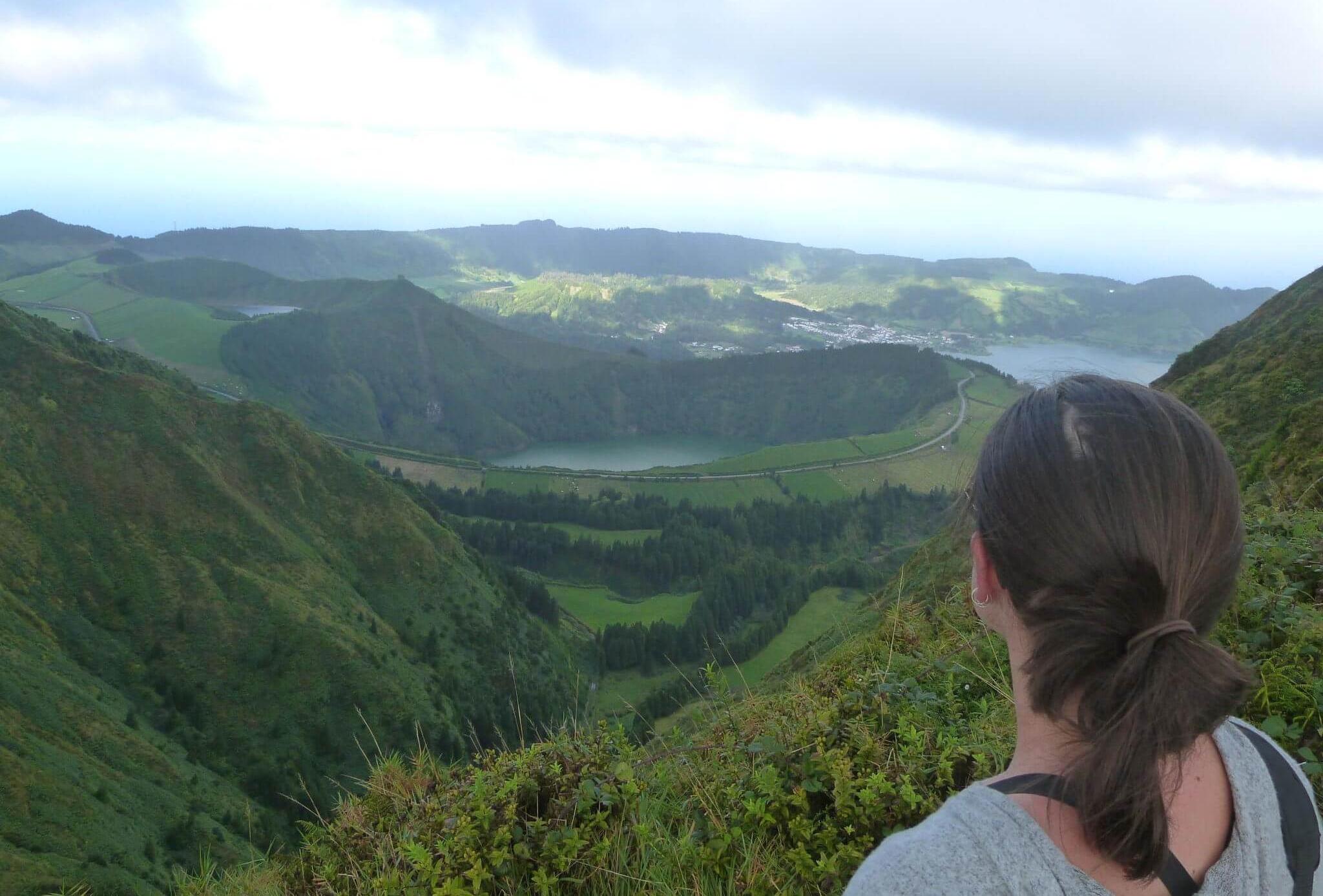Summary
The second-largest city and primary port of South Korea is located in the southeastern region on mountainous terrain.
Busan hosts the country’s largest seafood market, Jagalchi, and is known for popular local snacks and dishes, including fishcakes (eomuk) and seafood scallion pancakes (dongnae pajeon). Haeundae Beach features an alluring sandy bay surrounded by skyscrapers, while Nampo-dong, the downtown area, is a vibrant maze of markets and retail stores.
In Busan, visitors can explore the expansive Shinsegae Centum City, the world’s largest department store, venture into the mountains to discover tranquil Buddhist temples, or visit Taejongdae, offering stunning views over the Korea Strait.
Let us delve into the top attractions in Busan:
1. Jagalchi Fish Market

This renowned fish market is situated along the waterfront within a seven-storey building in Nampo-dong.
While the culinary allure is apparent, taking a stroll through the bustling trading floor on the first level provides an insightful experience of local commerce and daily life in Busan.
Starting at 07:00, visitors may purchase items of interest (haggling is encouraged), including octopus, king crab, lobster, shrimp, eel, squid, scallops, and various fish.
Afterward, diners can head to one of the restaurants on the second floor, where dishes are prepared or cut for sashimi.
For a more relaxed experience, restaurants and buffets are available on the upper levels, with a sky park providing views of the harbor at the top.
2. Taejongdae

Yeong Island is connected to the mainland in Busan at the downtown area of Nampo-dong and extends southeast into the Korea Strait.
As one moves further from the center, urban development becomes sparse, culminating at the island’s tip where one can witness a natural spectacle.
Exposed to the elements, Taejongdae features lush evergreen forests and rugged coastal landscapes, complete with caves and steep cliffs.
Visitors will find a lighthouse, temples, a small amusement park, a wild pebble beach, a cruise terminal, and an observatory on the cliffs with a view of Japan’s Tsushima Island on clear days, located about 40 kilometers to the south.
A road train (Danubi) facilitates travel to the most picturesque locations, which can also be accessed by a walking path for those seeking an active exploration in the hilly terrain.
3. Haeundae Beach

The premier beach of Busan is located along the coastline of the Haeundae District in eastern Busan.
The considerable appeal of this sandy stretch has driven extensive development over recent decades, resulting in a crescent of towering skyscrapers, such as Haeundae LCT The Sharp and Haeundae Doosan We’ve the Zenith, both exceeding 300 meters in height.
Haeundae Beach comprises a 1.5-kilometer arc of fine sand and, in contrast to other major beaches in Busan, faces south, exposing it to southern winds and producing waves of up to 1.5 meters that break far from shore in this sloping bay.
Throughout the summer, a multitude of festivals and events take place at Haeundae, including a sand sculpture festival in June and the citywide Busan Sea Festival in August.
The latter begins with concerts and a waterfront fireworks display, followed by a Water Carnival featuring dance performances and EDM shows a few days later.
4. Yongdusan Park

The main park in downtown Busan is situated on Yongdusan Mountain, which reaches a height of 50 meters, named for the Korean word for dragon’s head (yongdu), aptly describing its peak’s shape.
The mountain features several monuments, including a 12-meter statue of Admiral Yi Sun-sin, who achieved significant victories during the Japanese invasions (1592-1598), a flower clock, the octagonal pavilion of Palgakjeong, and the citizens’ bell pavilion.
At the summit stands the 120-meter Busan Tower, which will be detailed below.
During the Korean War (1950-53), the mountainside became a temporary settlement for refugees, which was twice destroyed by fire.
After the war, Yongdusan Mountain underwent replanting, transforming into a lush haven in a congested area of Busan, flourishing in spring when cherry blossoms bloom.
5. Gamcheon Culture Village

Cascading down the slopes of a coastal mountain, Gamcheon Culture Village presents a charming neighborhood characterized by vividly painted houses, interconnected alleys, and stairways.
This area began as a shanty town for refugees following the Korean War and faced neglect and underdevelopment in the early 21st century.
However, initiatives such as a comprehensive repainting project, public art commissions, and the “Empty House Residency Preservation Project” have revived the locality, enhancing its artistic character to become one of the most creative districts in Busan.
Visitors are encouraged to explore, capture stunning photographs of the colorful townscape and murals, browse art studios, and learn about the neighborhood’s transformation at the Gamcheon Cultural Village Information Center.
6. Haedong Yonggungsa

Located a short distance from Haeundae Beach in eastern Busan, Haedong Yonggungsa is a Buddhist temple set in an exceptional location atop granite outcrops, facing the eastern sea.
This site is distinctive, as most Korean temples are located high in the mountains.
Establishing its origins in 1376 during the late Goryeo Dynasty, the temple was destroyed during the Japanese invasions (1592-1598) and subsequently reconstructed in the 1930s.
Among its noteworthy features are the 108 steps, the Gulbeop Buddhist Sanctum (situated within a cave), the Haesu Gwaneum Daebul statue (Seawater Great Goddess Buddha), a three-storey pagoda adorned with four lions, and the enchanting Daeungjeon (Main Hall). If possible, visit during sunrise, especially during the exceptional lantern show celebrating Buddha’s Birthday in April or May.
7. Busan Tower

An iconic symbol of Busan, the 120-meter Busan Tower located in Yongdusan Park has stood since 1973 and was uniquely constructed as a visitor attraction without broadcasting facilities.
At the base of Busan Tower, visitors can find souvenir shops, an aquarium, and a science exhibition hall, while the observation deck at the summit occupies two levels.
Taking the elevator to the top is a must-do experience for first-time visitors to Busan, particularly on clear days.
At nighttime, guests are treated to stunning views of the harbor, the Busan Bridge, Jagalchi Market, and, under optimal conditions, as far as Japan’s Tsushima Island in the Korea Strait.
8. Beomeosa

Situated on the serene eastern slopes of Geumjeongsan Mountain, which stands at 800 meters, Beomeosa serves as a primary temple for the Jongye Order of Korean Buddhism.
This temple is one of the three most significant in South Korea’s Yeongnam region, with origins dating back to 678 CE during the reign of King Munmu of Silla.
Much of the current architecture was reconstructed in the early 17th century after the temple sustained heavy damage during the Japanese invasions (1592-1598). The complex is enveloped in wild wisteria and lavender, which blooms beautifully in late spring.
Among the Korean National Treasures, the highly ornate main temple hall (Daeungjeon) is celebrated as a remarkable example of architecture from the Joseon Dynasty.
Other significant features include a three-storey stone pagoda, the Iljumun (a one-pillar gate), the eastern and western pagodas located near Wonhyoam Hermitage, and a historic stone lamp and flagpole holder.
A templestay program allows individuals to immerse themselves in Jongye Buddhism while enjoying a retreat from the city for several days.
9. Gwangalli Beach

Spanning 1.4 kilometers and exceeding 100 meters in width at points, Gwangalli Beach features soft, fine sand and exceptional water quality due to recent enhancements.
Guests will find themselves surrounded by over 300 restaurants, cafes, and sushi bars just steps away from the beach.
Noteworthy is the scenic view of the expansive Gwangandaegyo suspension bridge that stretches across the bay a few hundred meters offshore.
The beach provides a prime vantage point for viewing the bridge’s vibrant LED light displays after nightfall.
More than a million attendees gather at the beach and the adjoining promenade for the Busan International Fireworks Festival, regarded as one of Asia’s largest fireworks celebrations, taking place over two evenings in late October.
10. Seokbulsa

Similar to Beomeosa, Seokbulsa is distanced from the city, positioned on the western side of Geumgang Park in Buk-gu.
The most straightforward means of access is via the park’s cable car, followed by a hike from the upper station through beautiful evergreen woodlands through the South Gate of Geumjeongsanseong Fortress to this tranquil mountain retreat.
The journey itself is enjoyable, particularly on the cable car, which offers picturesque views of Busan through the trees.
The name Seokbulsa (Rock Buddha Temple) likely originates from the intricate reliefs of Buddhas, Bodhisattvas, and imposing guardians carved into the high rock walls behind the temple, reaching heights of ten meters.
These carvings are a key attraction, along with the main hall, which is also hewn from rock and houses the singular Seokgamoni-bul (The Historical Buddha) at its base, with hundreds of smaller Buddha statues located on the level above.
At the center of the main altar sits Birojana-bul (The Buddha of Cosmic Energy), flanked by Moonsu-bosal (The Bodhisattva of Wisdom) and Bohyun-bosal (The Bodhisattva of Power).
11. Nampo-dong

Navigating Busan’s lively central shopping area may take some time, but one will soon realize that the diverse alleys are categorized by the products they offer.
Kang-tong Gol-mok (Tin Can Alley) features bargain market items, while Vintage Clothes Alley offers a chaotic assortment of second-hand apparel, with hidden gems for those who persevere.
Book Alley is straightforward in its naming, whereas Gukje Market specializes in international goods, arriving in the 1950s when American wares smuggled through Busan Port were distributed here.
Fashion Street, once primarily a destination for camera components, is now lined with renowned clothing brands and serves as the venue for Nampo-dong’s Christmas lights festival.
In 2017, a new Lotte Department Store emerged to the east of Gwangbok, showcasing fast fashion names like Uniqlo, Zara, and Mango, attracting more visitors to this vibrant downtown area.
12. BIFF Square

This dining, shopping, and entertainment district in Nampo-dong is named after the Busan International Film Festival, inaugurated in 1996. The festival occurs over ten days each October, showcasing hundreds of films from numerous countries and attracting esteemed international guests, including Ennio Morricone and Wim Wenders.
The festival significantly transformed BIFF Square, fostering a modern cinematic district complete with premier theatres.
A collection of directors and actors have left their handprints in the pavement along this 428-meter street, interspersed with ample shopping opportunities.
This locale also serves as an excellent spot to sample authentic Busan street food.
A local specialty is ssiat hotteok, a sweet pancake filled with pine nuts, sunflower seeds, pumpkin seeds, brown sugar, and cinnamon, providing a comforting treat during winter nights.
13. Samjin Eomuk

One cannot overlook the long queue at Busan Station for Samjin Eomuk, a well-established chain known for its fishcakes (eomuk), which are similar to croquettes and composed of 70% fish, sold at remarkably low prices.
This dish is a classic street food in Busan, introduced during the Japanese occupation, and has gained delicacy status over the last decade thanks to this very company, whose station outlet resembles a bakery.
In addition to the classic eomuk, Samjin Eomuk offers a variety of fillings in their fishcake croquettes, including cheese, sweet potato, hot pepper, curry, shrimp, and potato.
Multiple locations around Busan are available, including a modern café and a factory/museum in Yeongdo, where visitors can witness the fish paste preparation process and sign up for workshops with one day’s notice.
14. Gwangandaegyo Bridge

This bridge, which connects the significant urban development project at Centum City to Busan’s central Suyeong-gu, is the second-longest in the country, measuring a total length of 7.42 kilometers.
This impressive structure crosses the mouth of the Suyeong River, a construction endeavor taking nine years to complete, featuring two tiers that accommodate one-way traffic in opposite directions on each level.
Illuminated by tens of thousands of LED lights, the bridge puts on an enchanting light display that changes with the seasons, operating from sunset until midnight or the early morning hours.
Crossing the bridge offers breathtaking views of the Korea Strait, Gwangalli Beach, Hwangnyeongsan Mountain, Oryukdo Island, Dongbaekseom Island, and Dalmaji Hill.
15. Shinsegae Centum City

A prominent reason to visit Centum City is to explore what holds the title for the largest department store in the world.
Since its establishment in 2009, Shinsegae Centum City has served as the flagship location for the Shinsegae chain, surpassing Macy’s Herald Square in New York City in terms of size.
The surrounding Centum City area represents a transformative urban regeneration project, previously home to Suyeong Airport, now featuring office buildings, exhibition halls, and extensive shopping facilities, all conveniently linked to Line Two of the Busan Metro.
The grand proportions of Shinsegae Centum City are astonishing, particularly when gazing upwards at the atrium.
With ten floors dedicated to shopping for clothing, cosmetics, accessories, sports apparel, footwear, and groceries, it also boasts a multiplex cinema on the upper levels as well as an ice rink.

